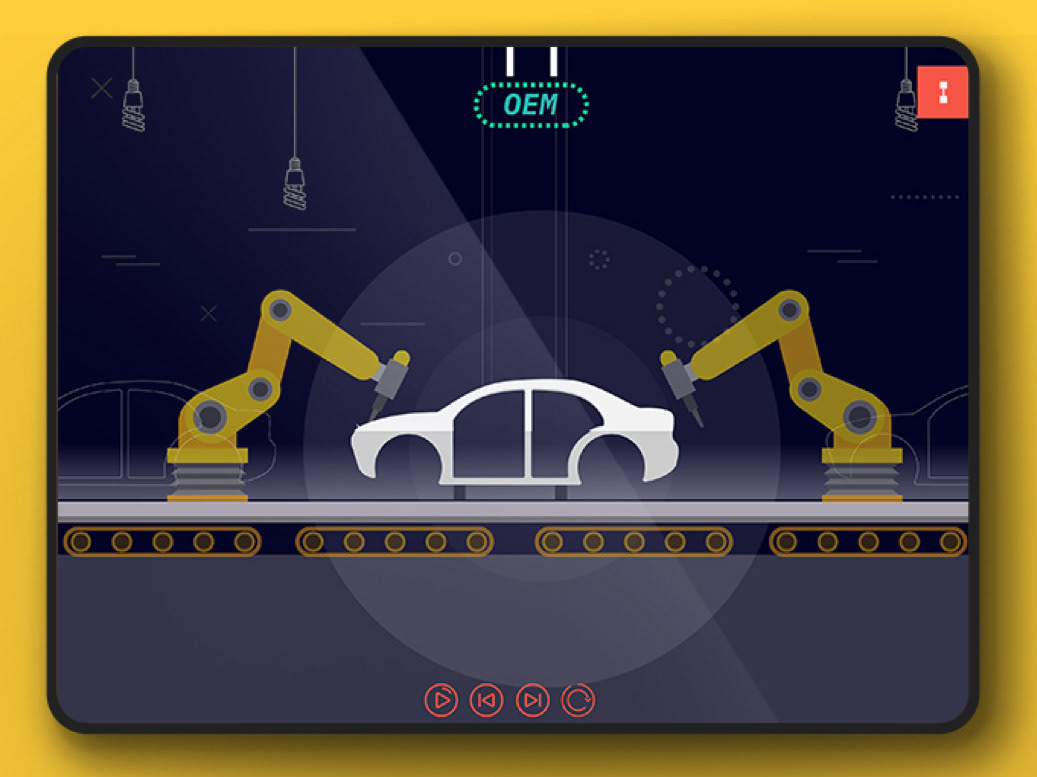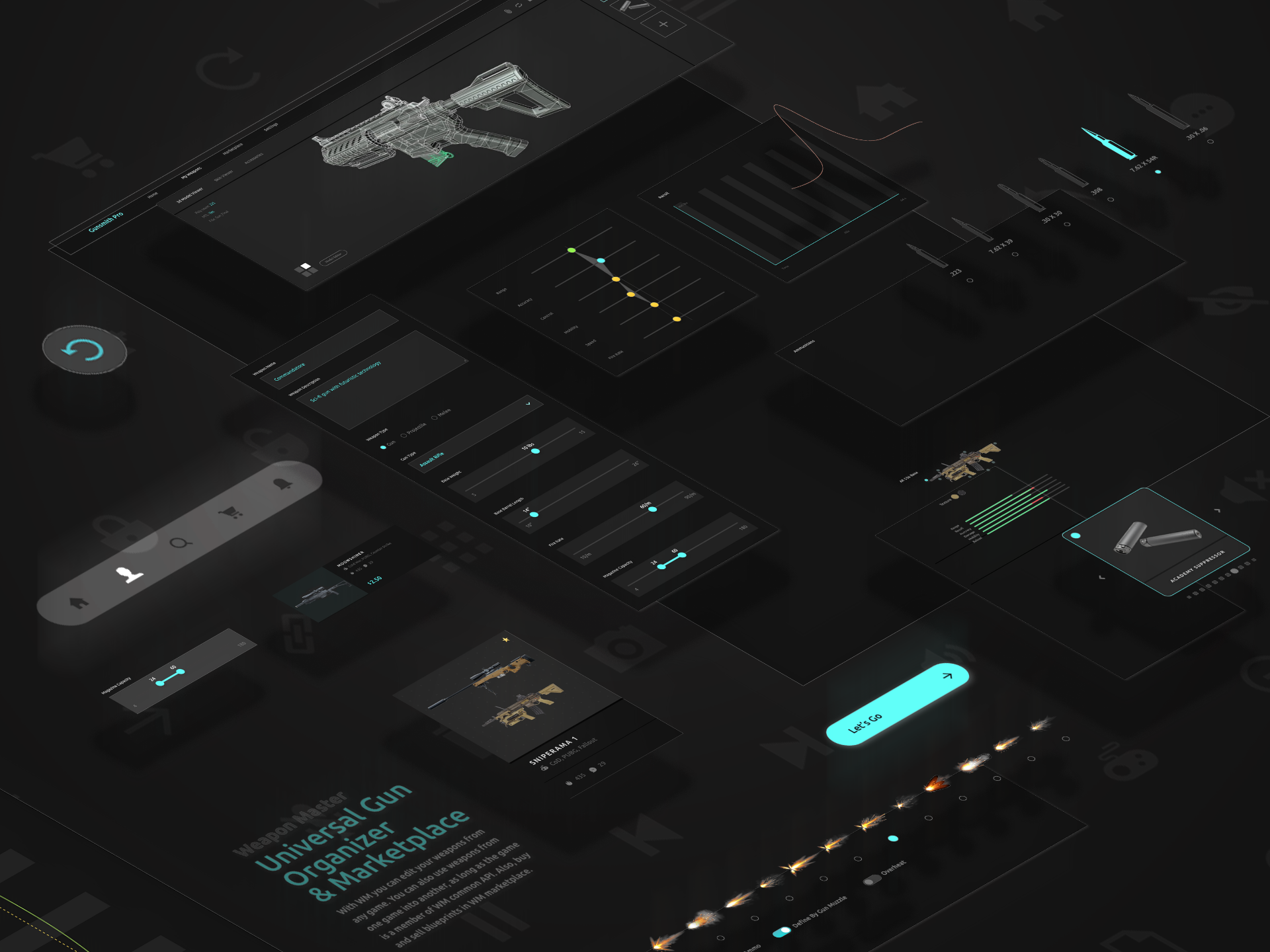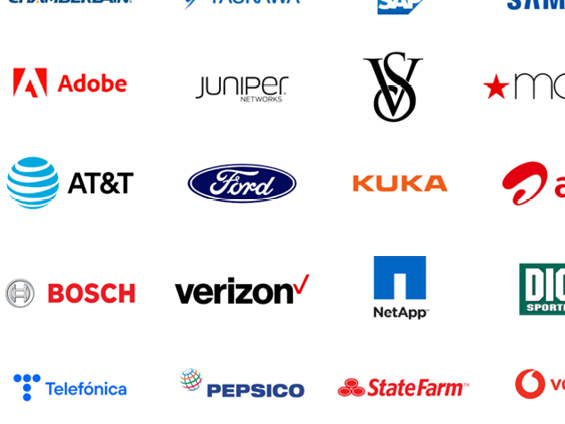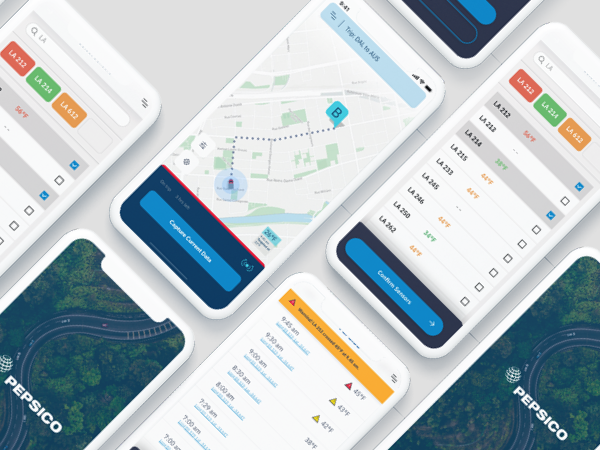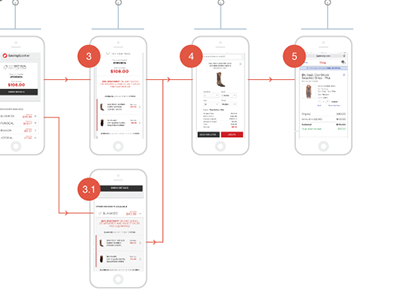In the contemporary global marketplace, supply chain management is fraught with inefficiencies, lack of transparency, and a susceptibility to fraud, errors, and delays. Existing systems often rely on centralized databases and intermediaries, leading to trust issues, increased costs, and limited traceability. To address these challenges, our project aims to implement blockchain technology for supply chain management.
Project Description:
The "Blockchain for Supply Chain" project is designed to revolutionize the way supply chains operate by harnessing the power of blockchain technology. Blockchain, as a decentralized and immutable ledger, offers a secure and transparent platform for tracking the flow of goods from manufacturers to end consumers. The project encompasses the following key components:
Blockchain Implementation: We will develop a customized blockchain network designed specifically for supply chain management. This blockchain will enable secure and transparent data sharing among all stakeholders, including manufacturers, suppliers, distributors, retailers, and consumers.
Smart Contracts: Smart contracts will be integrated into the blockchain to automate various processes, such as order fulfillment, payment settlements, and quality assurance. These self-executing contracts will reduce the need for intermediaries, streamline operations, and minimize disputes.
Product Traceability: Every product within the supply chain will be assigned a unique digital identity that is recorded on the blockchain. This enables end-to-end traceability, allowing consumers to verify the authenticity and origin of products while mitigating the risk of counterfeit goods.
Supply Chain Visibility: Participants in the supply chain will have real-time access to data related to inventory levels, shipping status, and product quality. This increased visibility will lead to better decision-making and improved coordination among stakeholders.
Enhanced Security: Blockchain's cryptographic techniques will ensure data integrity and security. Unauthorized access and tampering of data will be virtually impossible, reducing the risk of data breaches and fraud.
Consumer Empowerment: Consumers can access product information by scanning QR codes or using mobile applications, fostering trust and promoting sustainable and ethical consumer choices.
Project Impact:
The implementation of blockchain technology in the supply chain will have far-reaching positive effects on various stakeholders and the industry as a whole:
Cost Reduction: By eliminating intermediaries and reducing manual processes, the project will lead to cost savings for businesses across the supply chain.
Efficiency Improvement: Automation through smart contracts and real-time visibility will streamline operations, reduce delays, and enhance overall efficiency.
Transparency and Trust: Blockchain's transparency will build trust among stakeholders, reducing disputes and enhancing collaboration.
Fraud Prevention: The immutability of blockchain will make fraud and counterfeiting extremely difficult, protecting consumers and businesses alike.
Sustainability: The project promotes sustainability by enabling the tracking of products' environmental and ethical attributes, empowering consumers to make informed choices.
Competitive Advantage: Organizations adopting blockchain for supply chain management will gain a competitive edge by offering superior transparency and security to consumers.
Global Impact: The adoption of blockchain in supply chains can have broader implications, such as reducing corruption in developing countries and ensuring fair trade practices.
In summary, the "Blockchain for Supply Chain" project addresses critical issues within the supply chain industry, offering a transformative solution that will benefit businesses, consumers, and society as a whole.
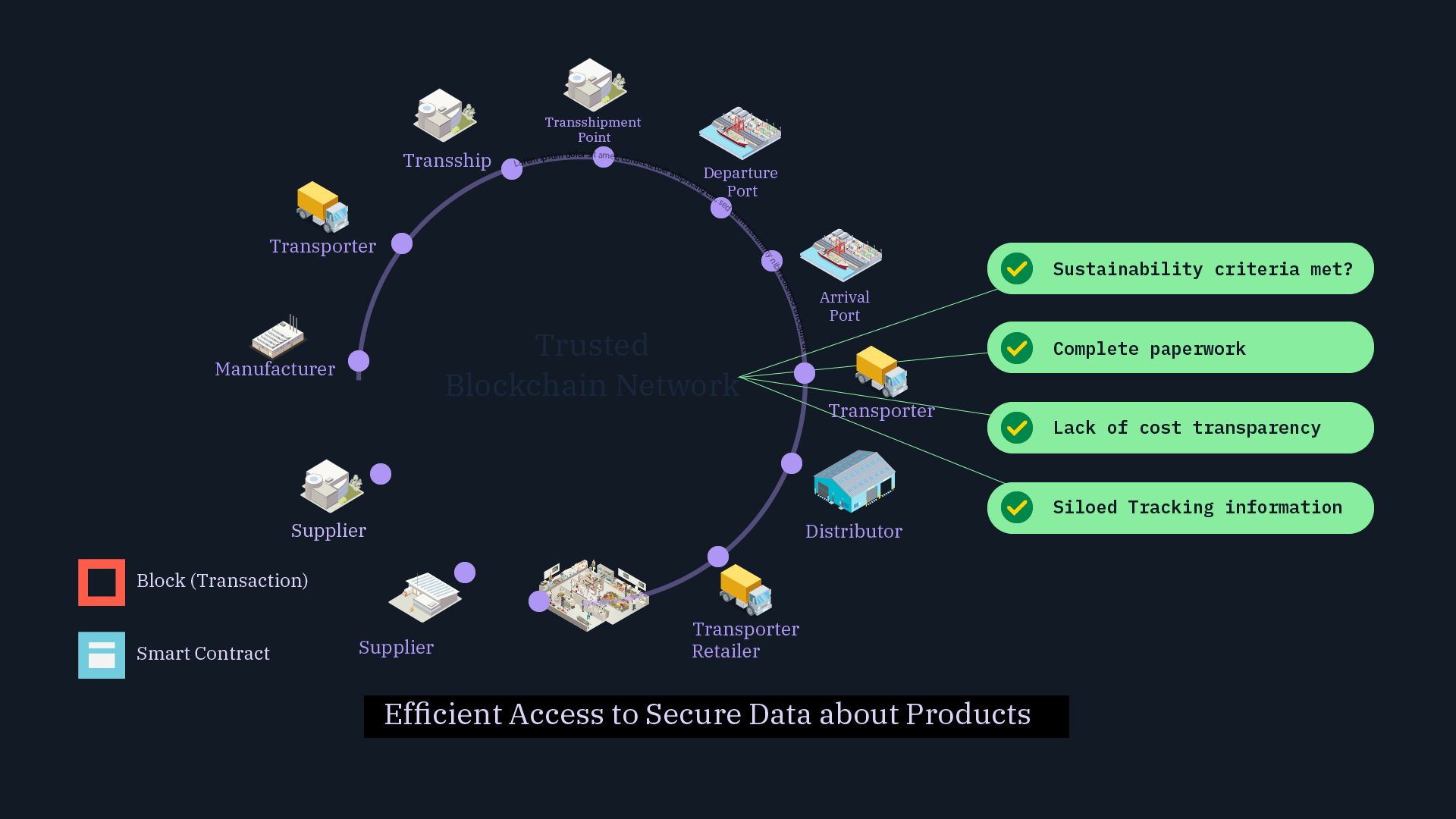
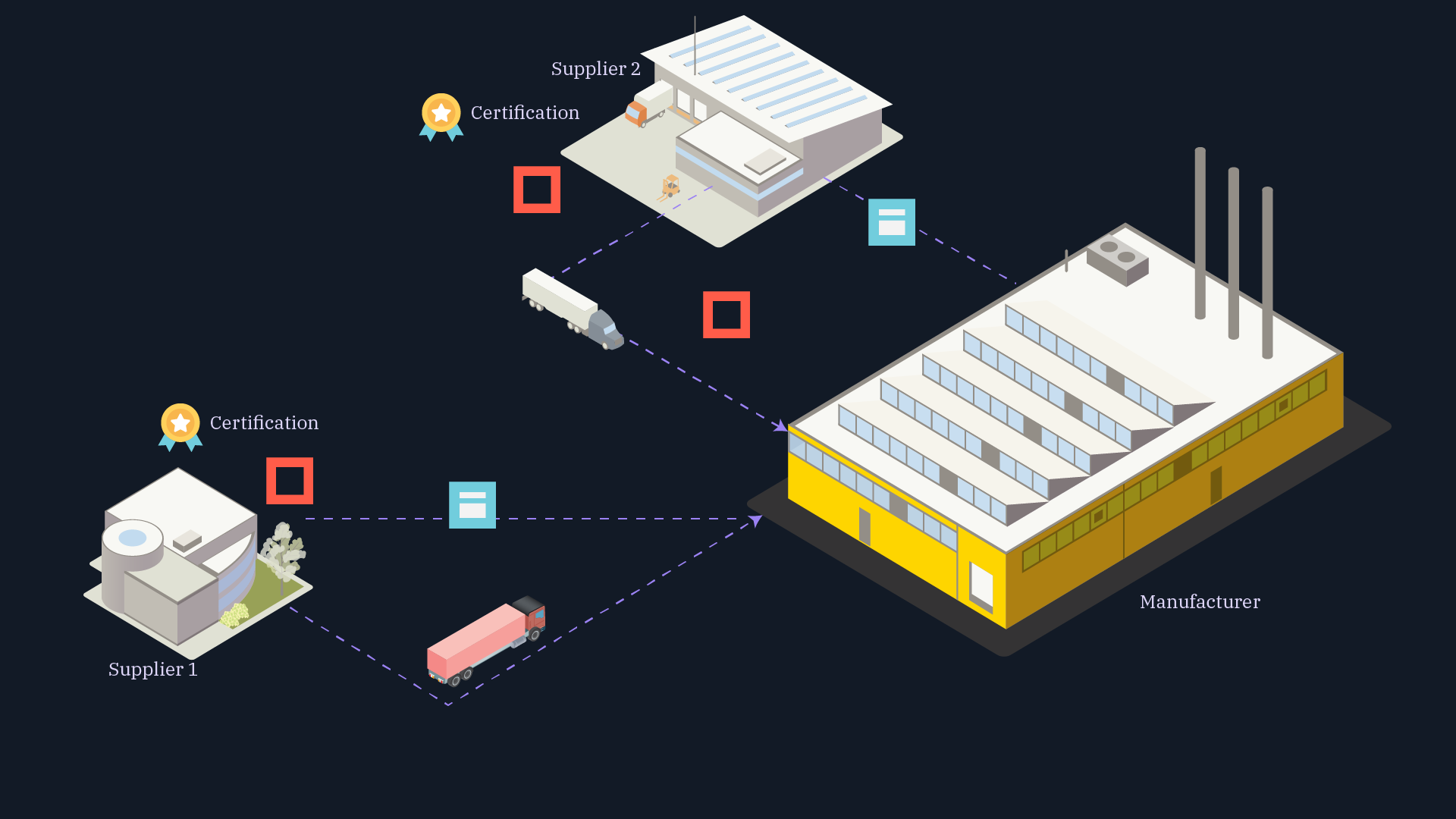
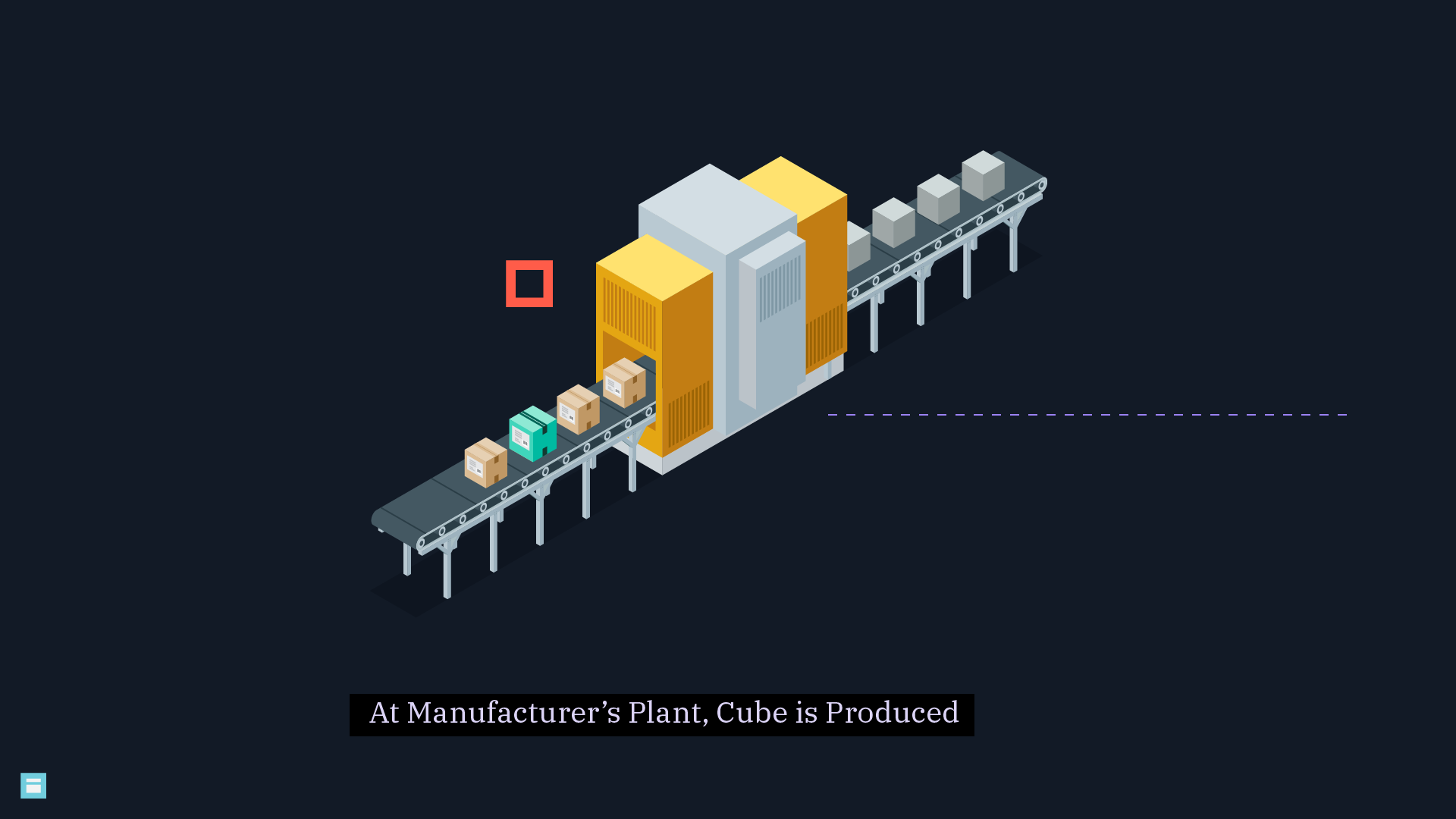
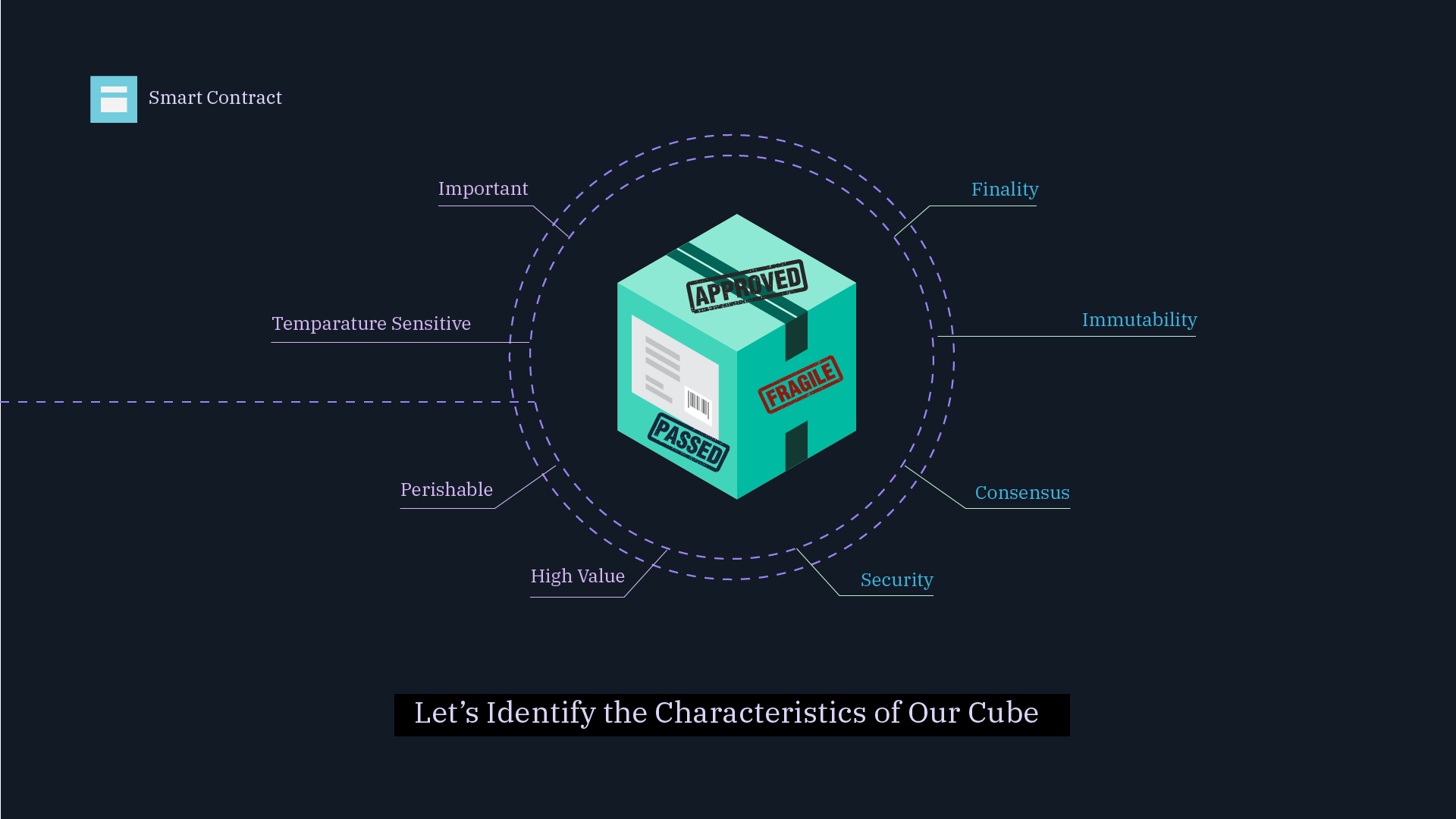

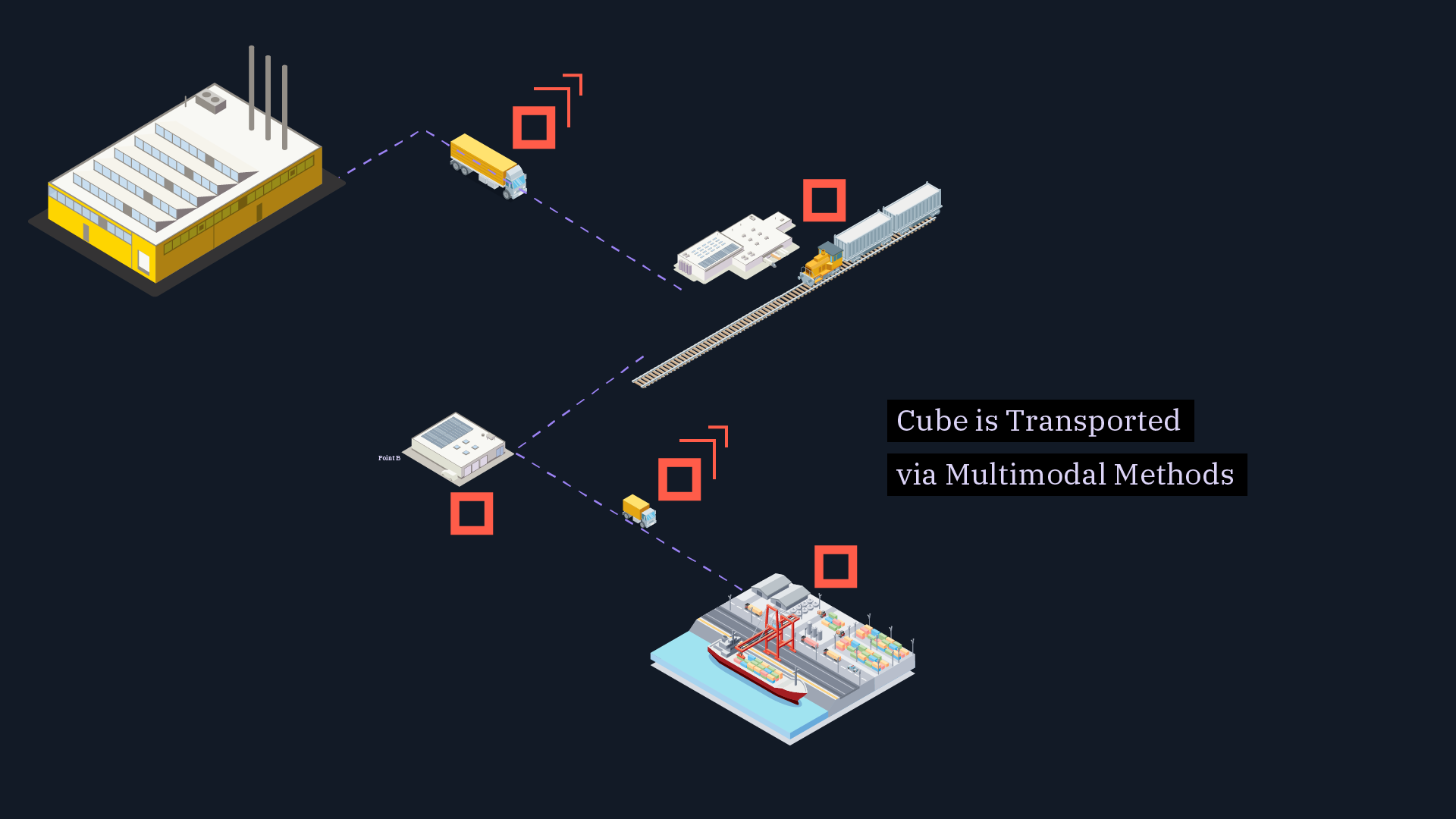
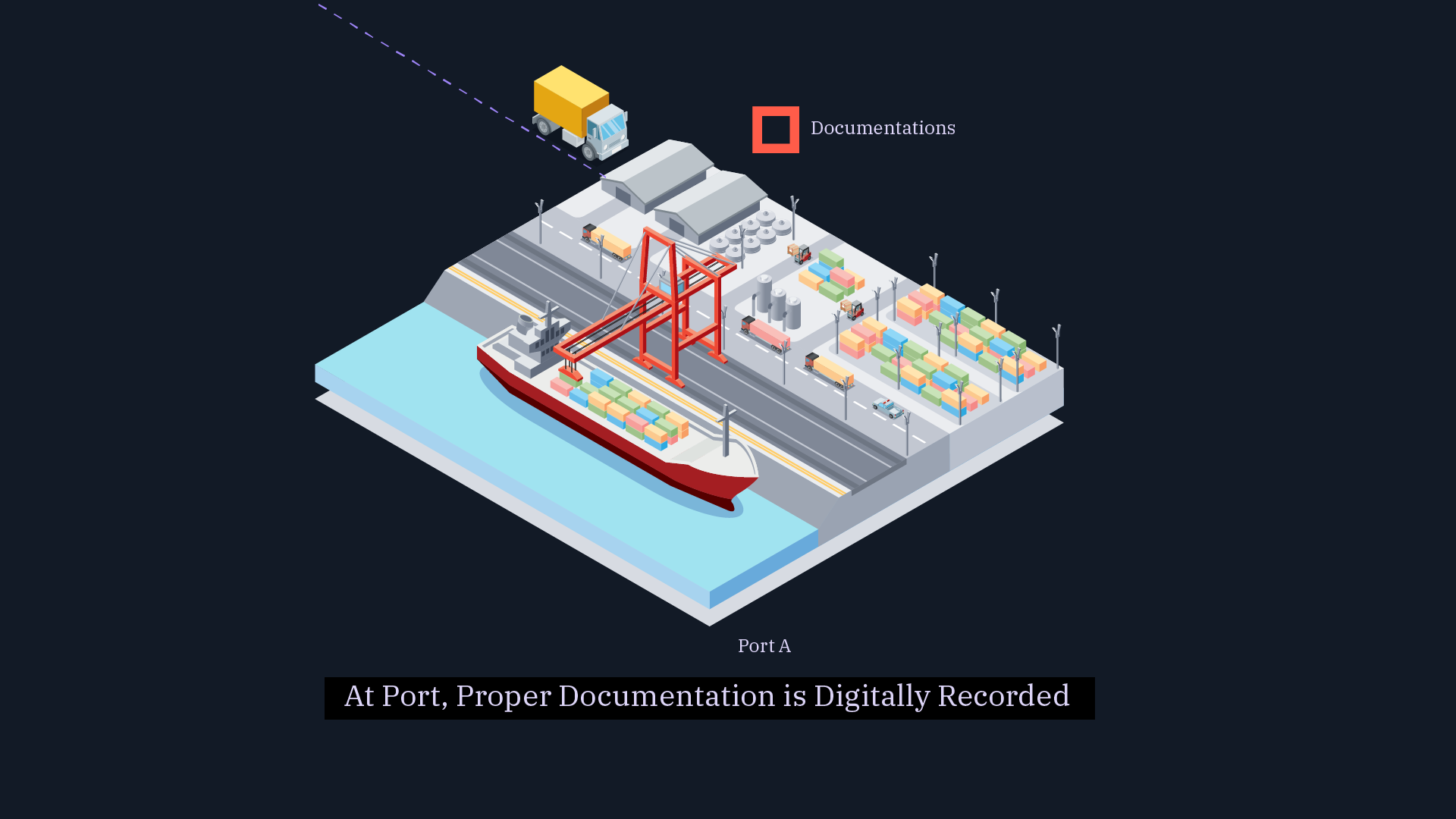
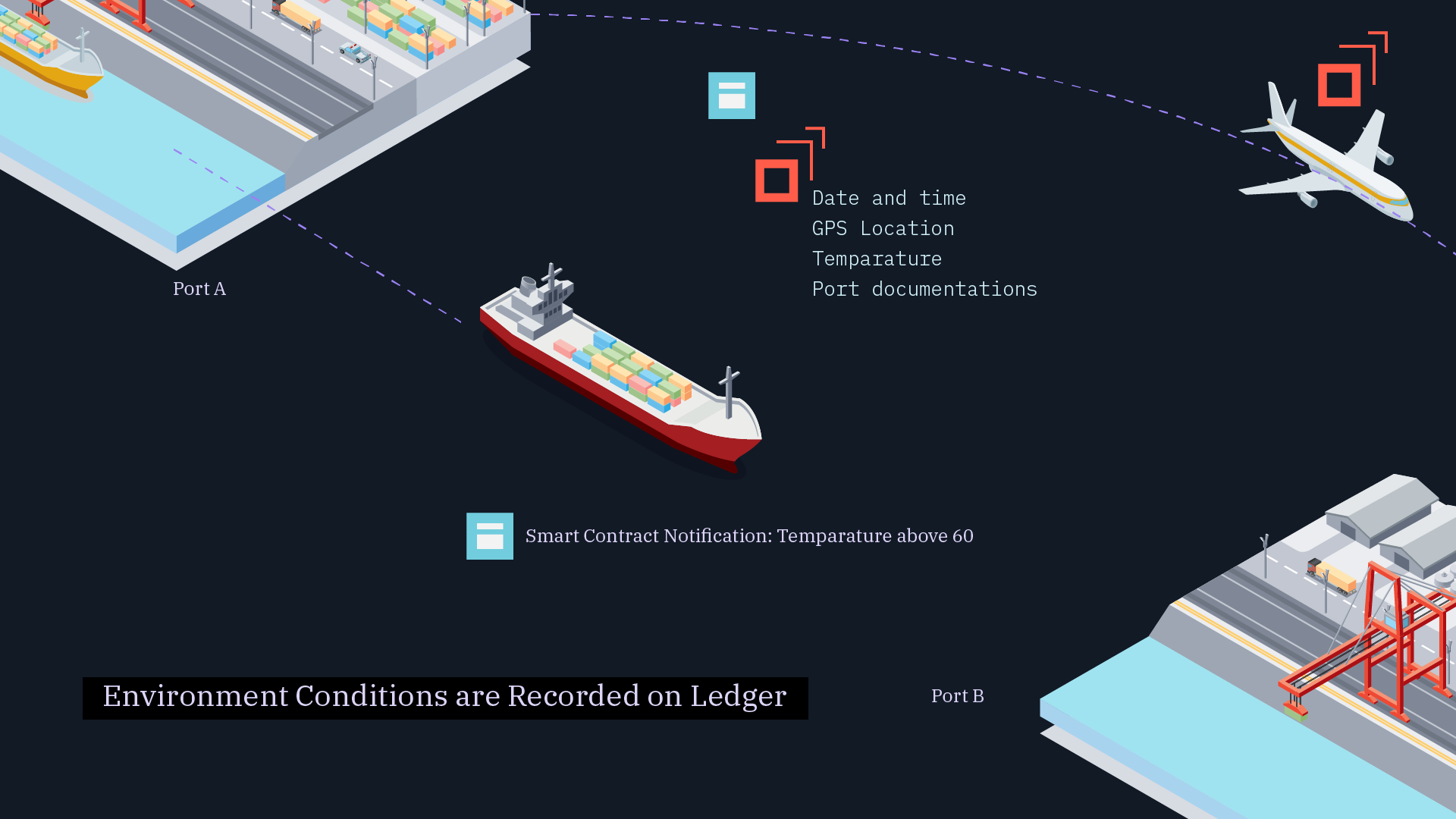
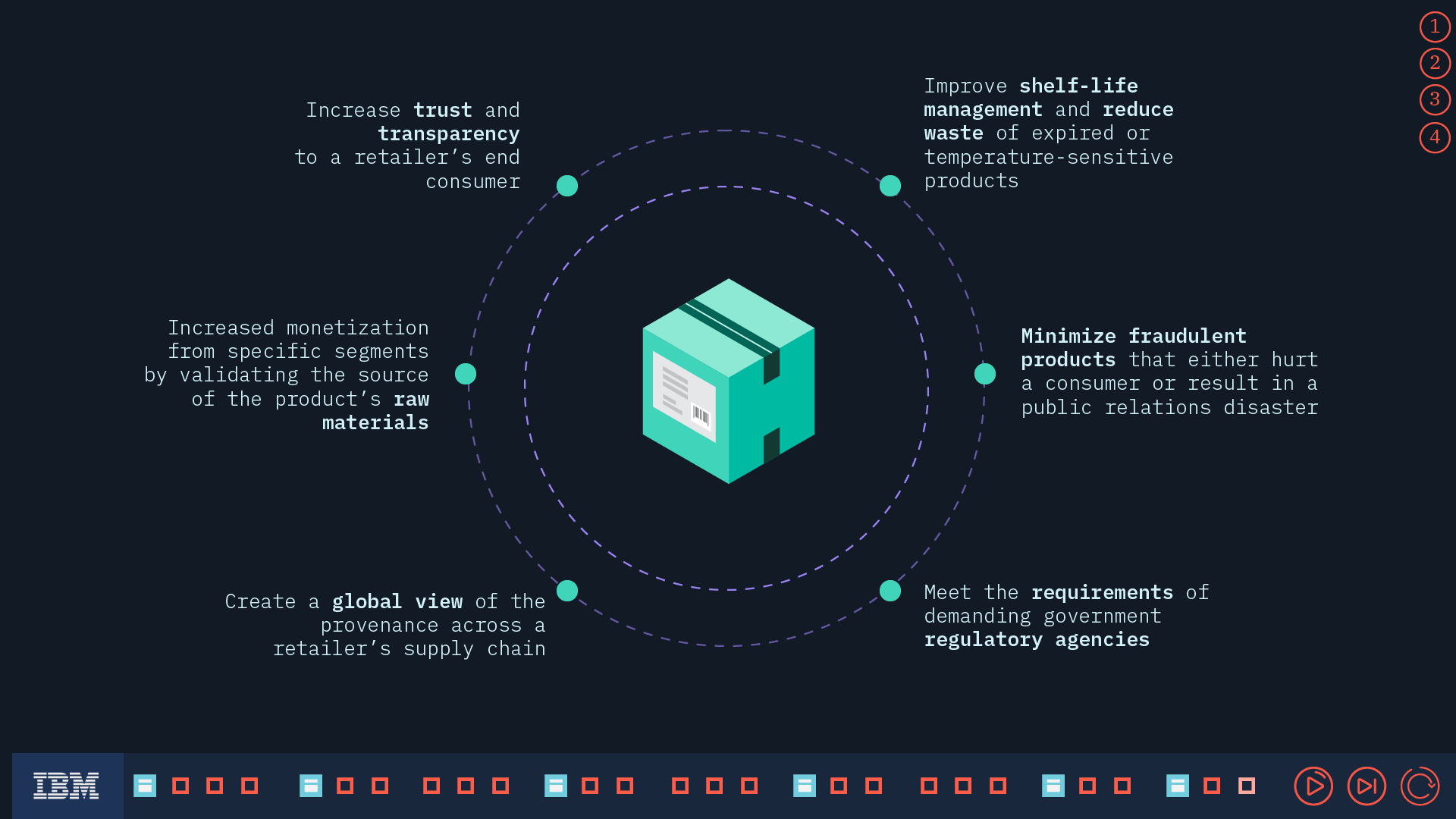
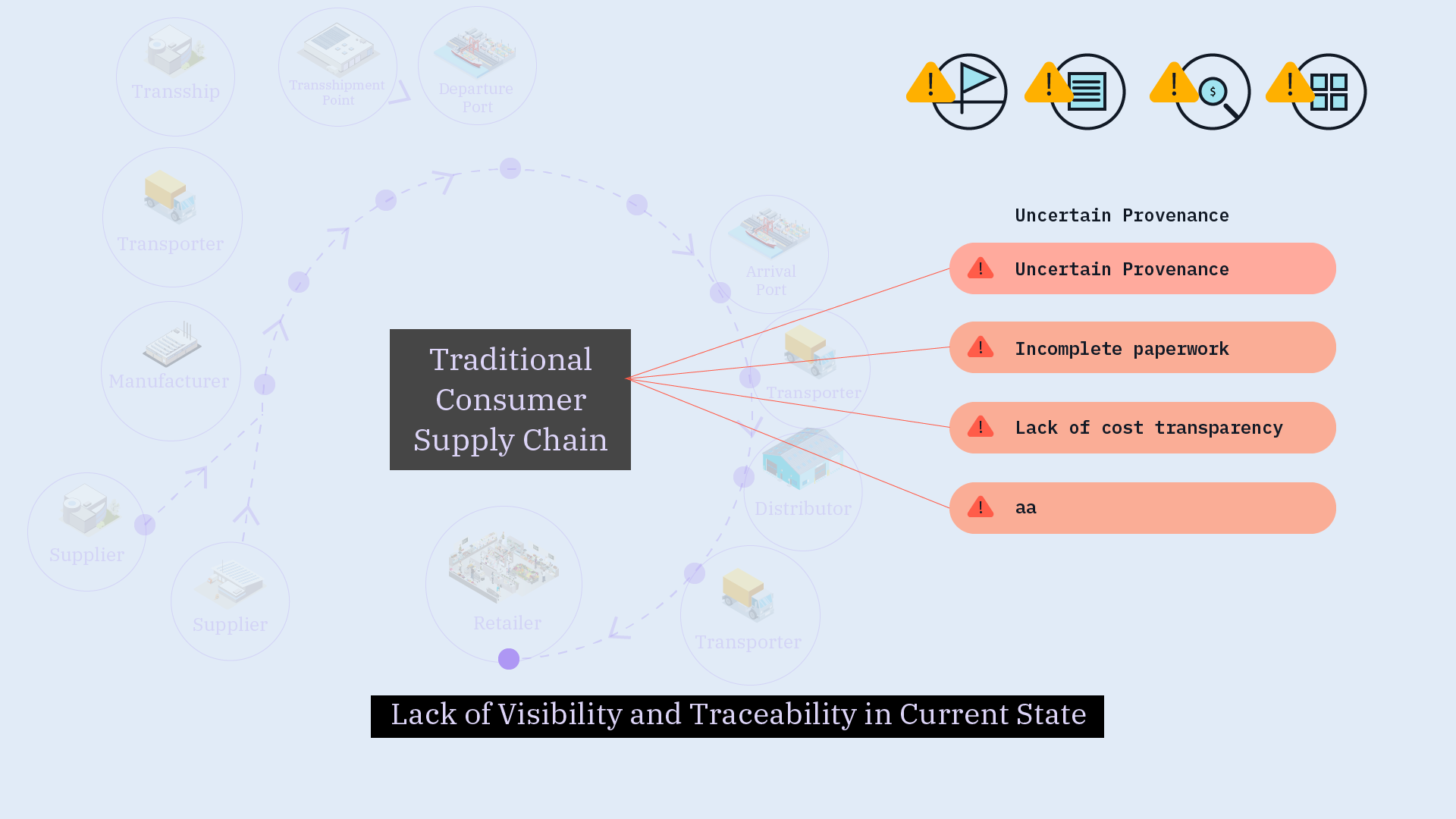
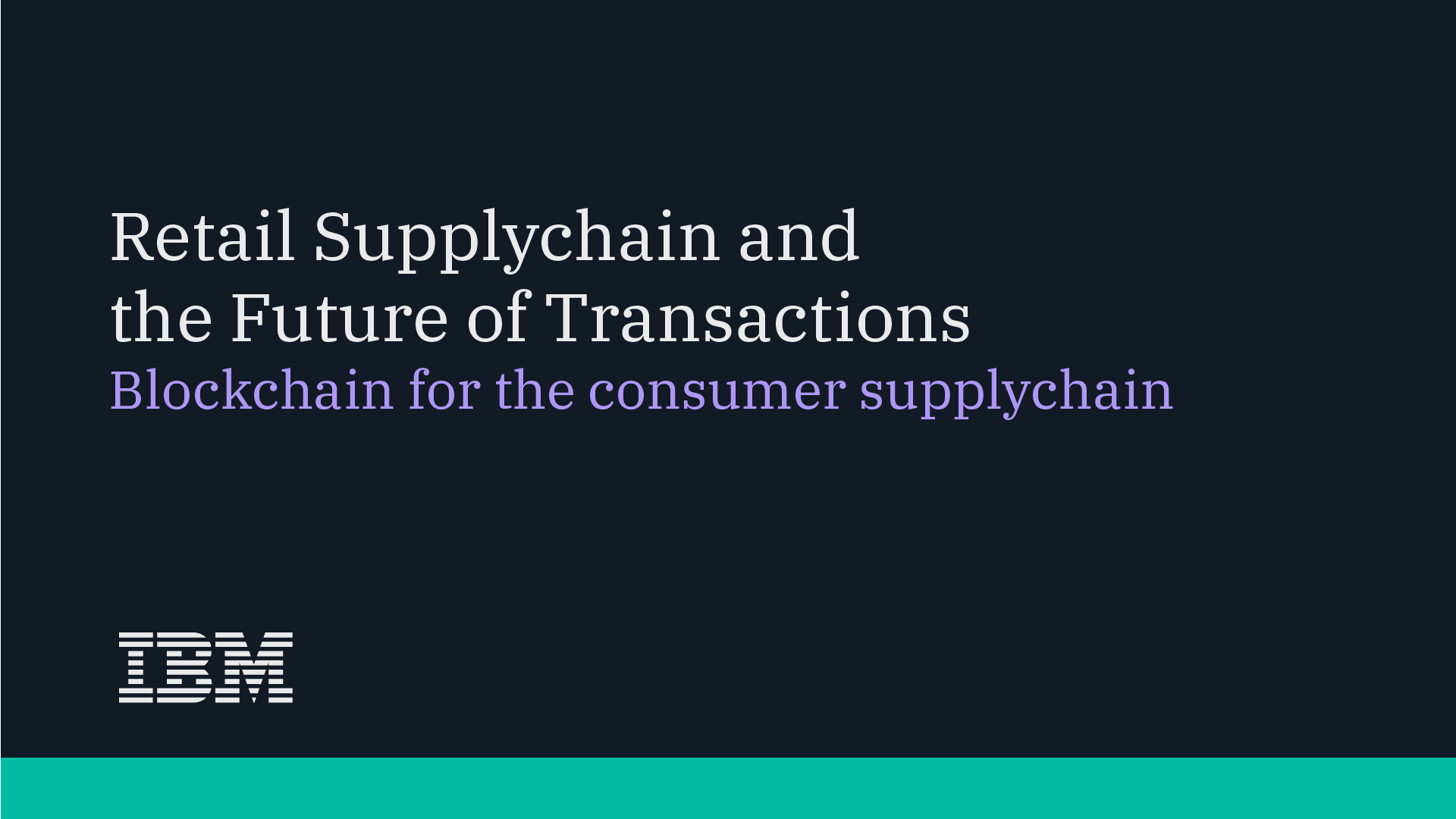
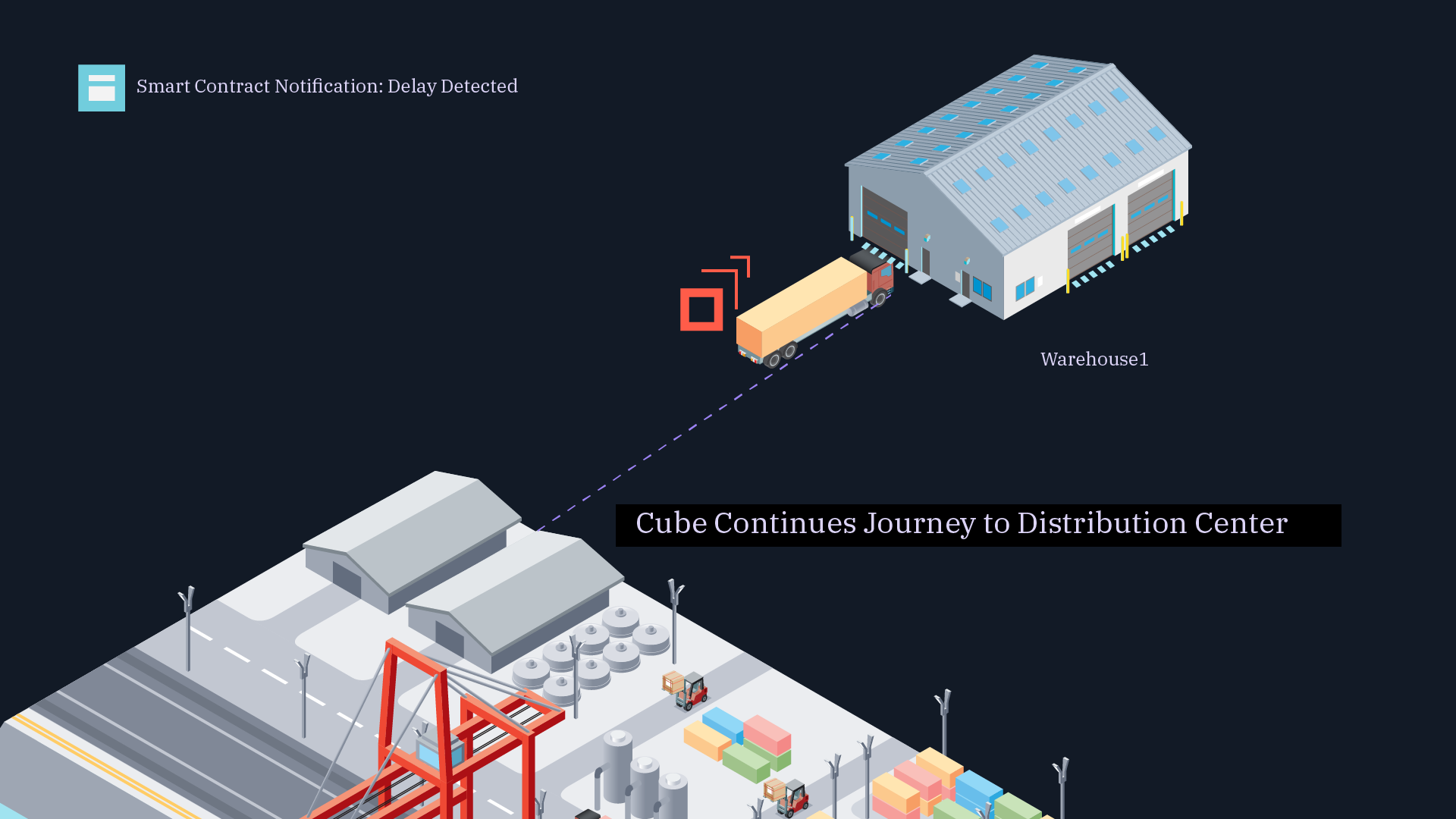
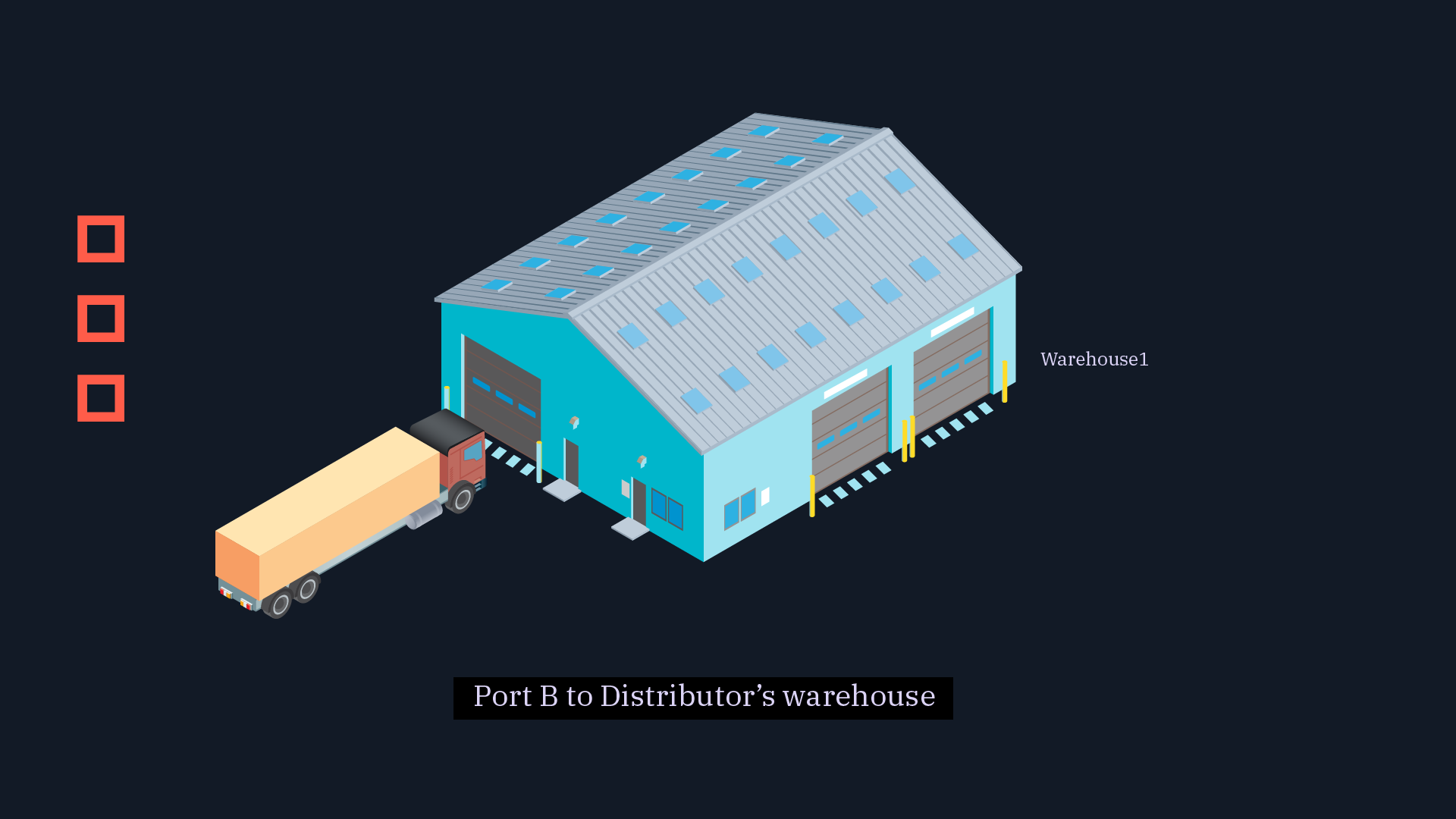
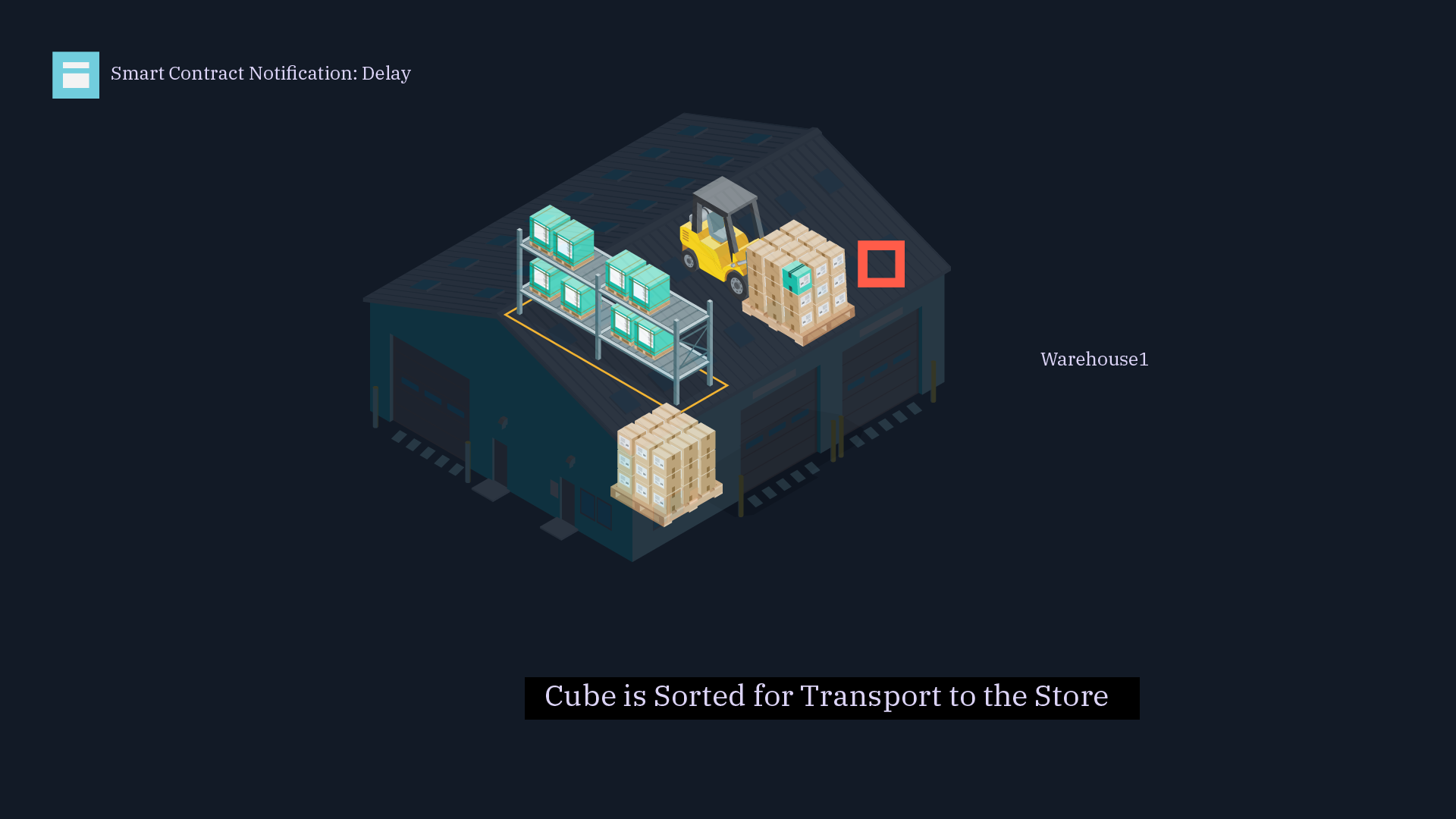
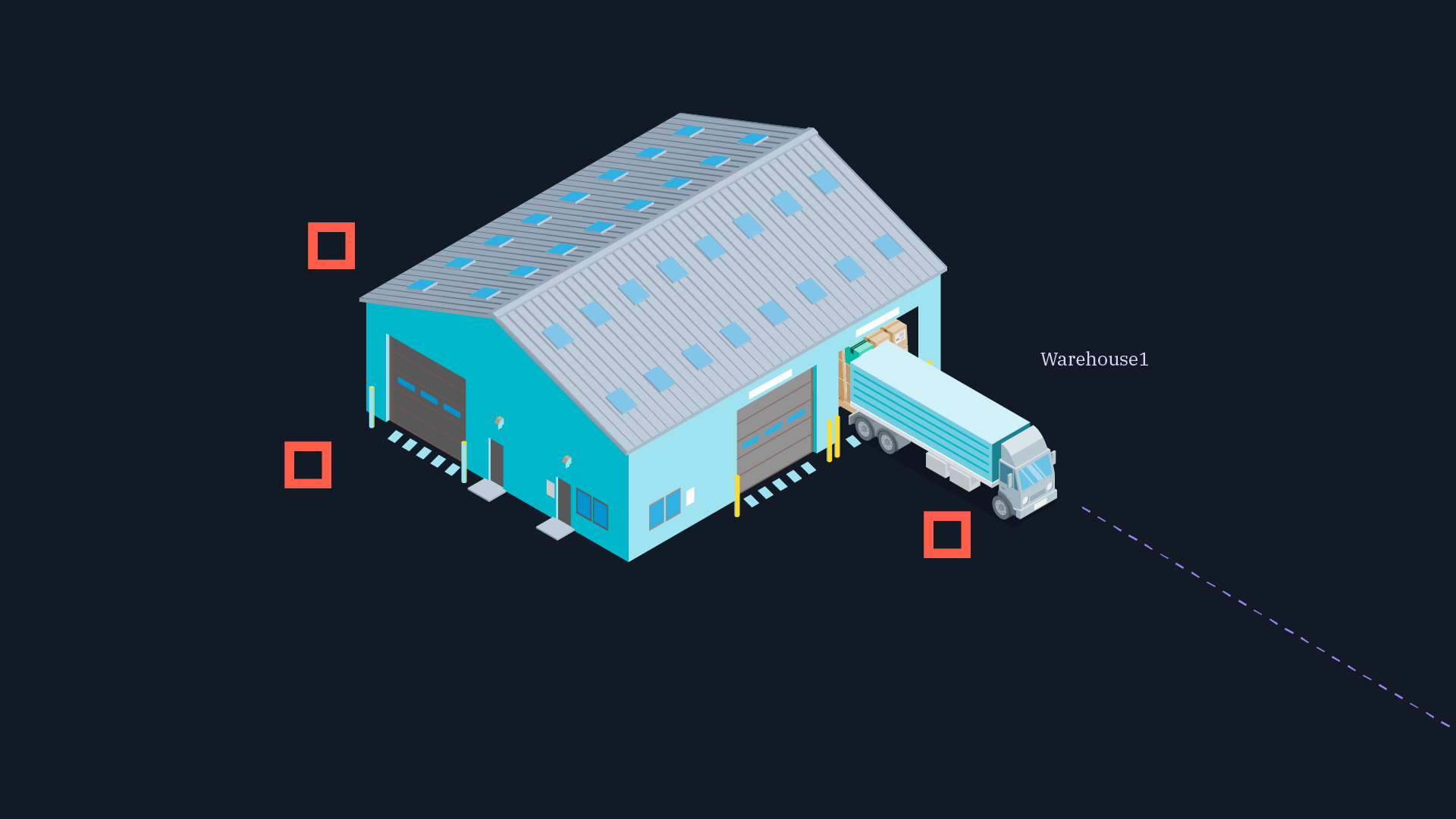
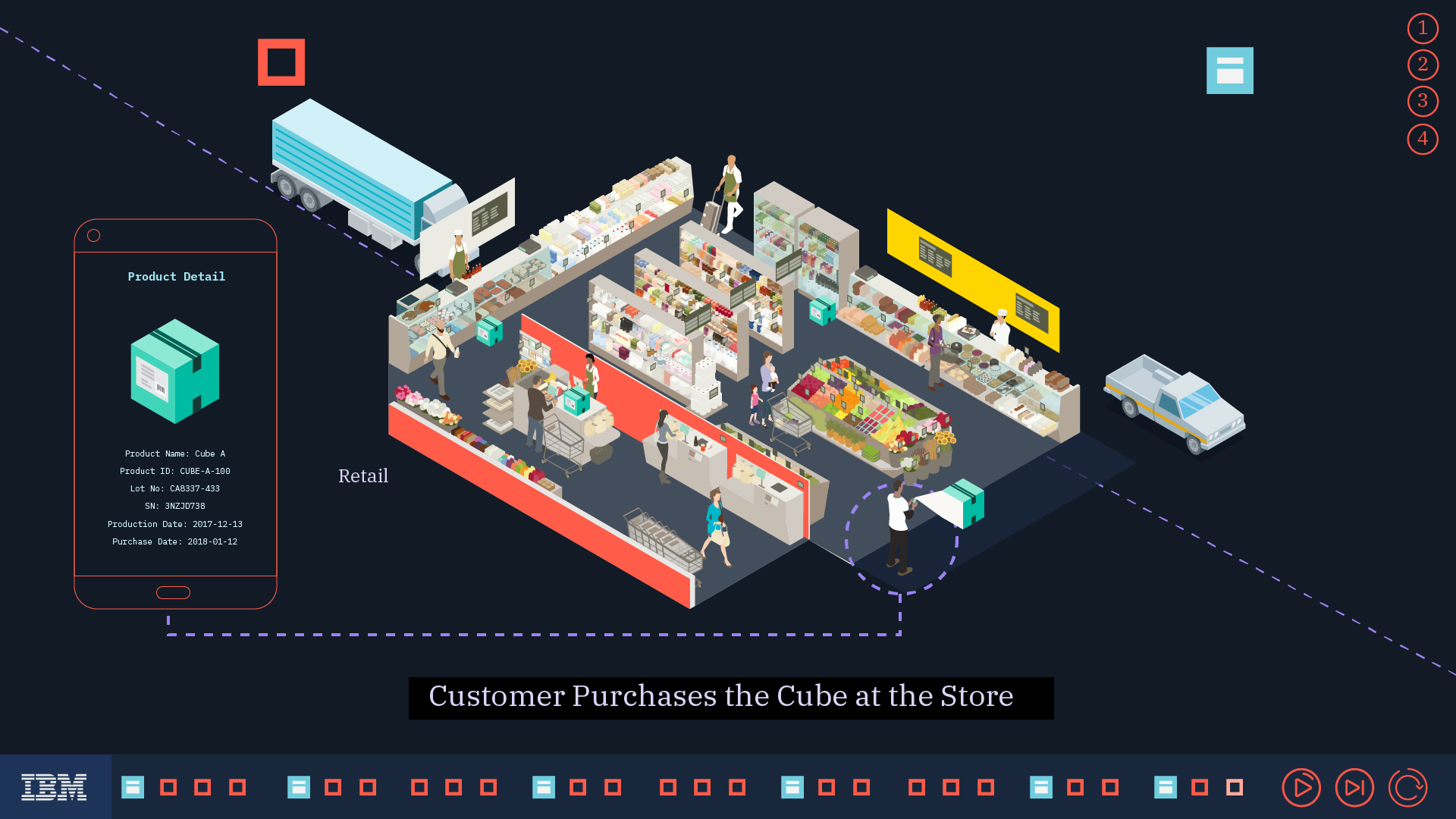
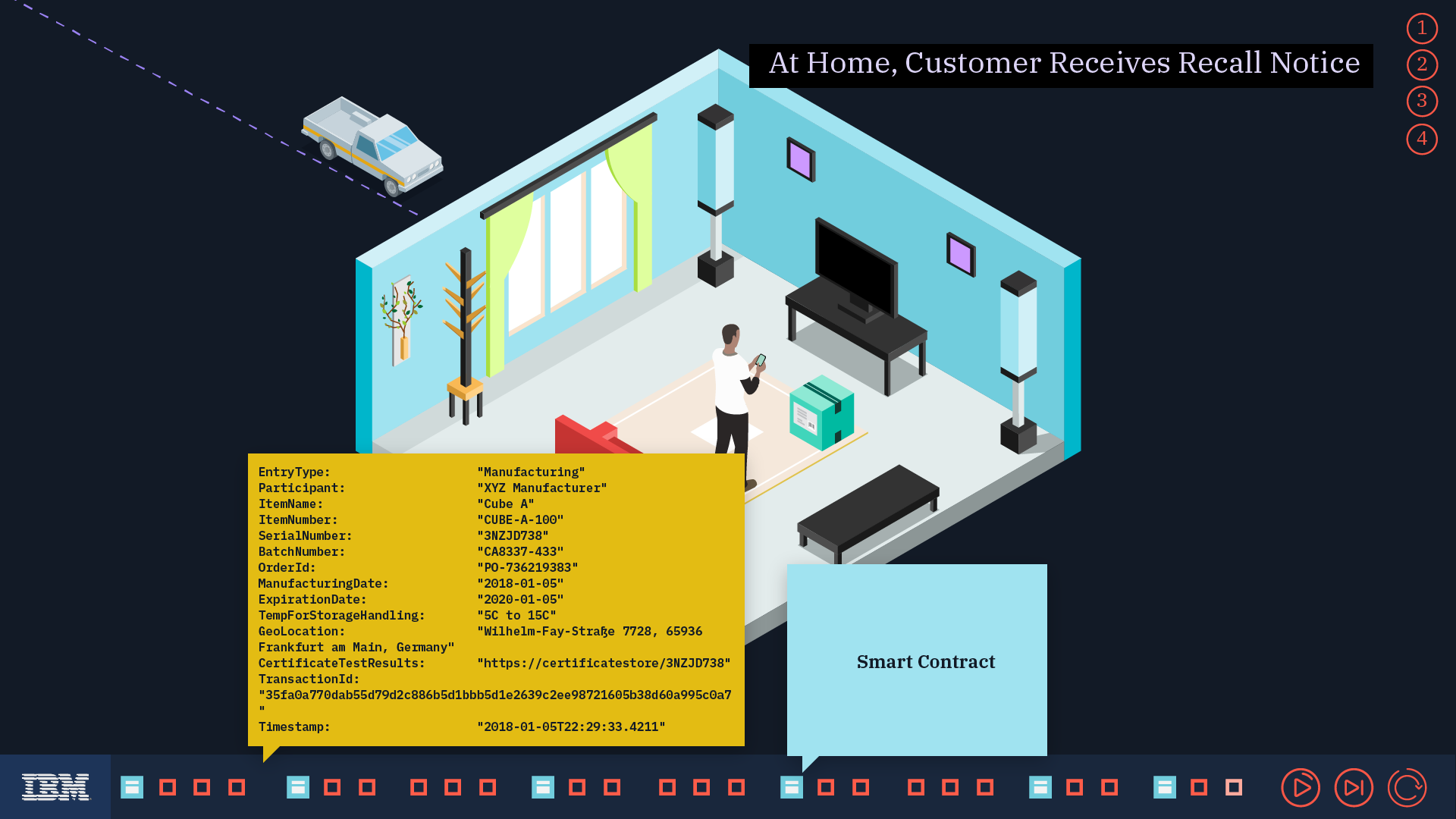
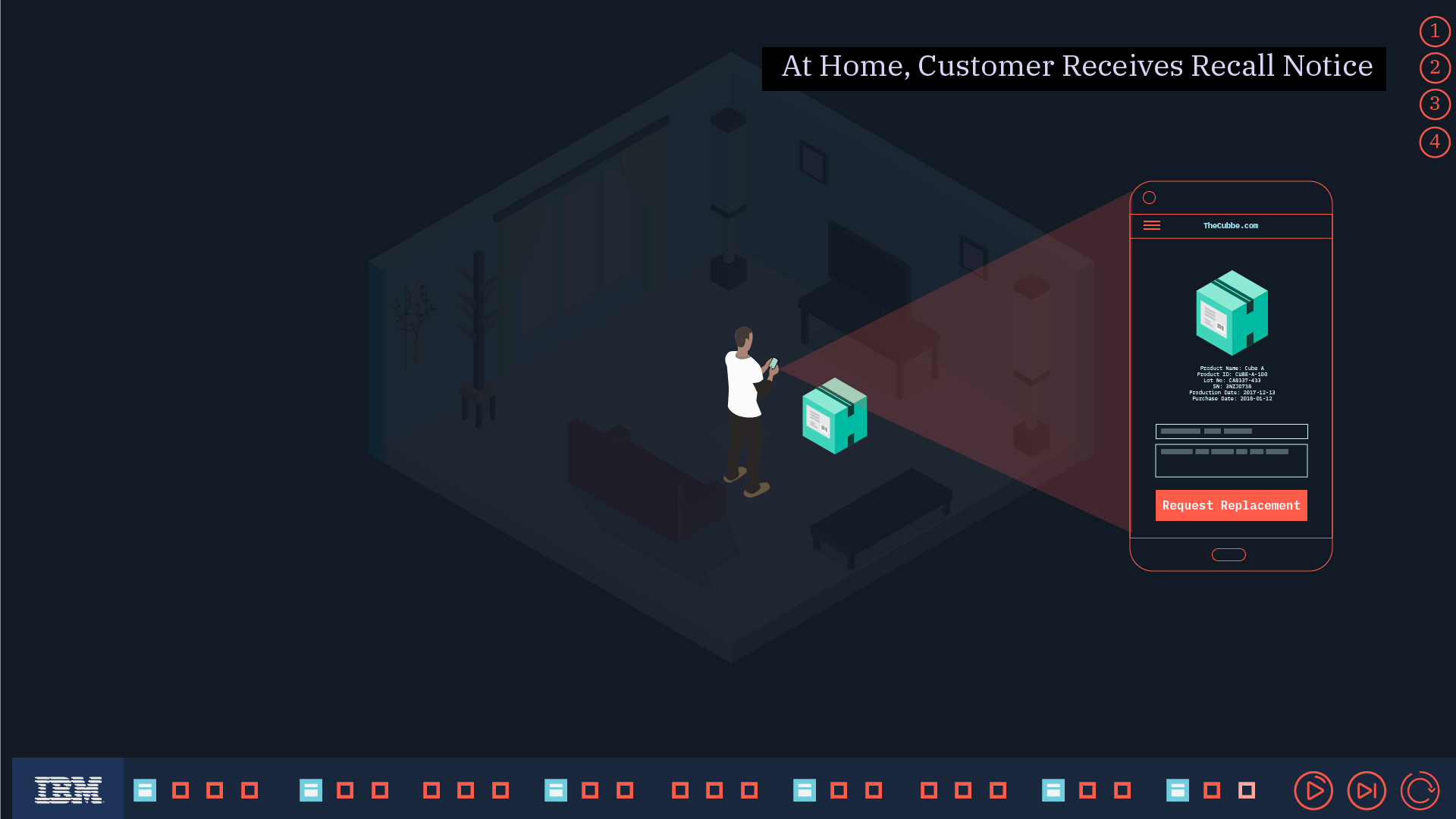
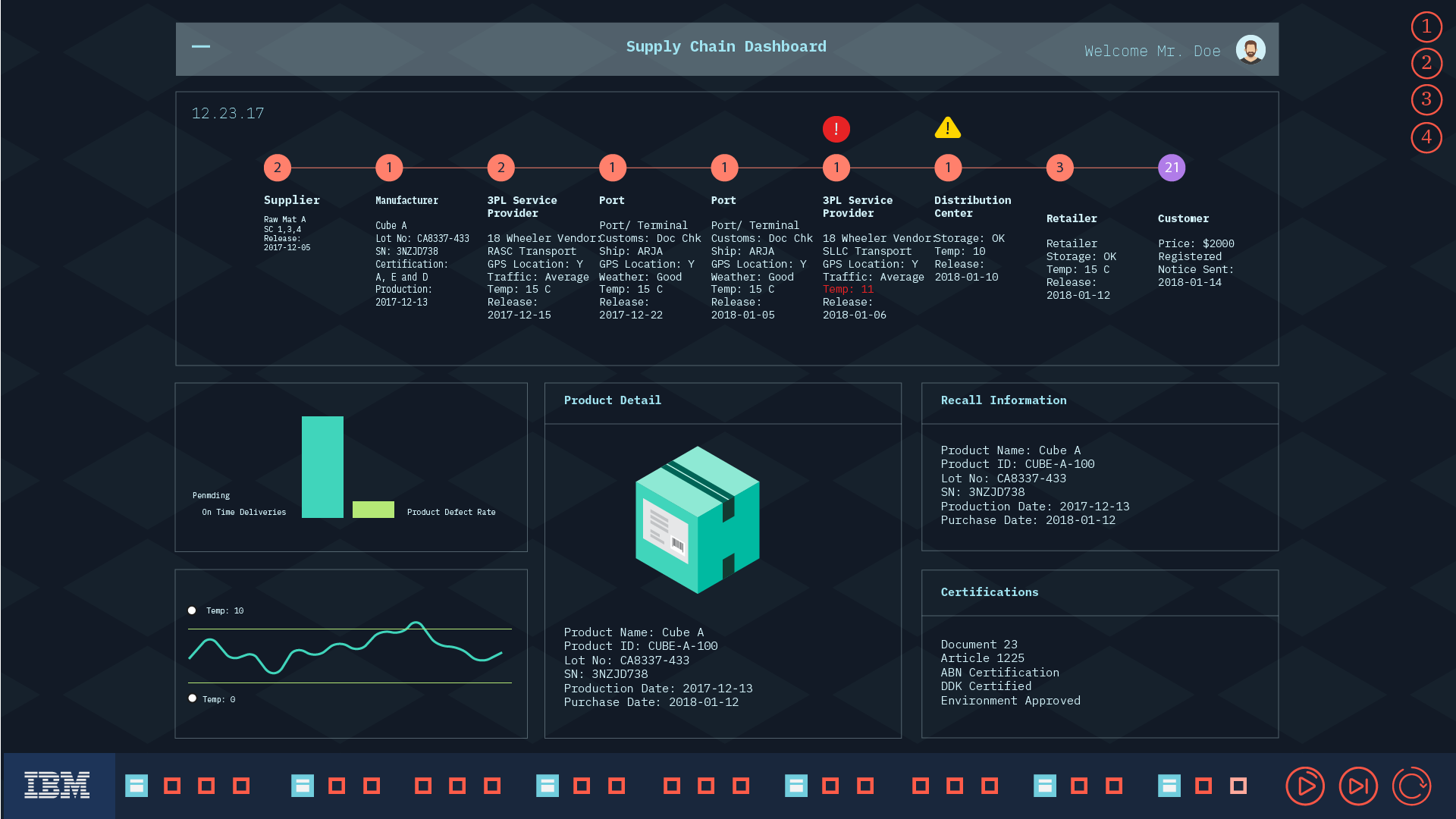
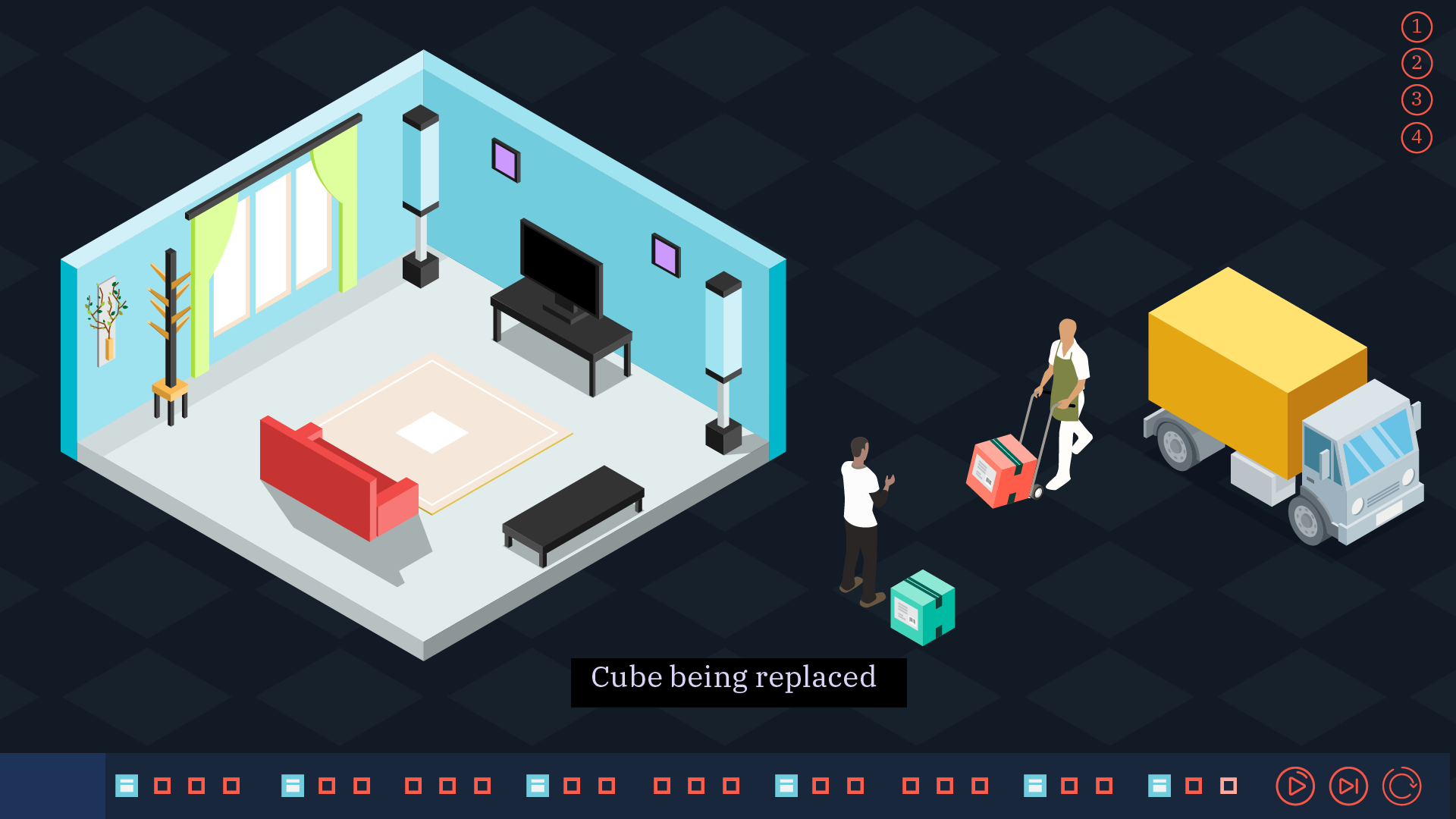
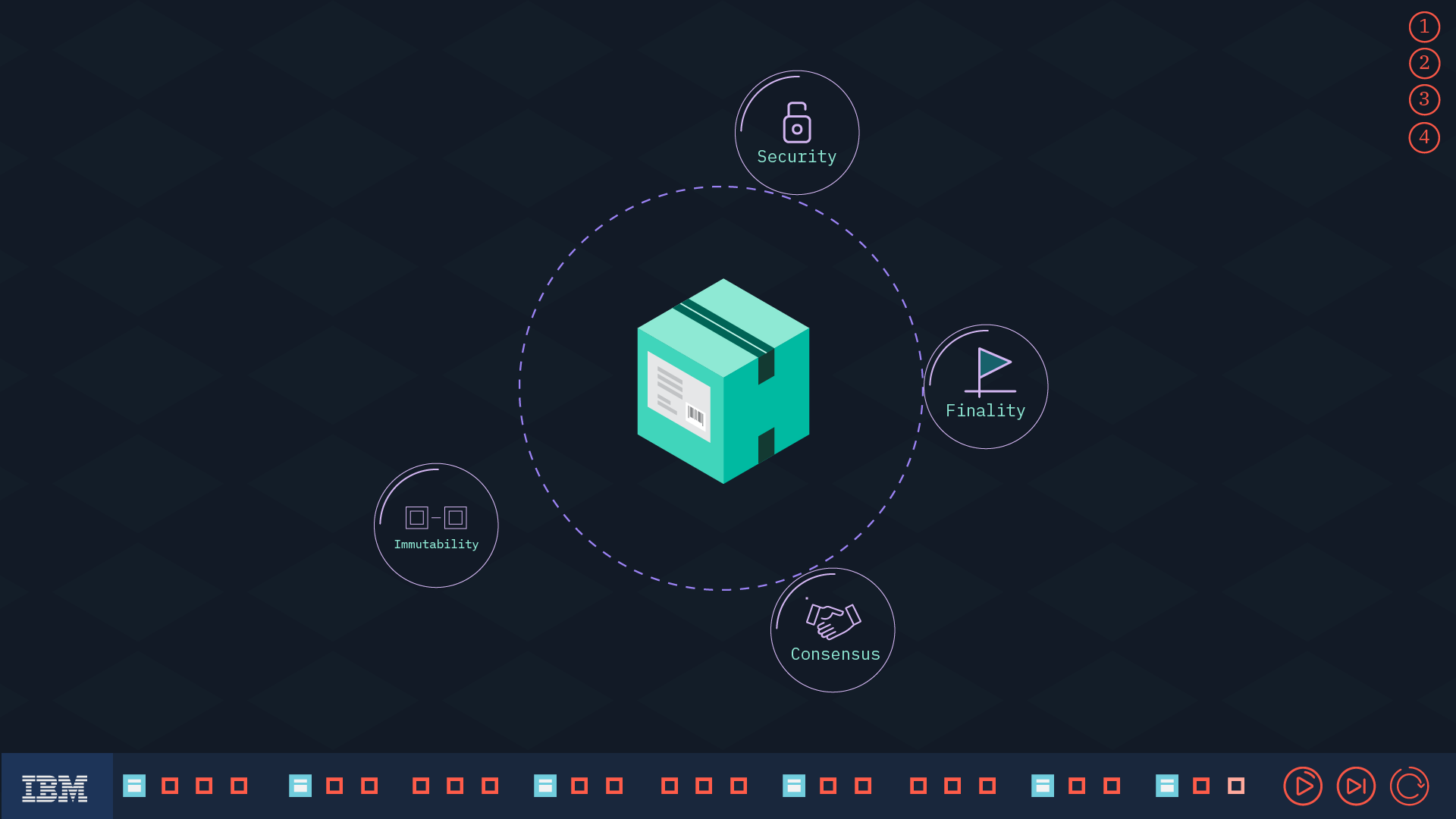
As the Creative Director of the "Blockchain for Supply Chain" project, your role in telling the project story through animation, UI design, and storytelling is crucial in making the complex concept of blockchain accessible and engaging for a broad audience. Here's how you achieved this:
1. Crafting a Compelling Narrative:
You started by crafting a compelling narrative that simplified the technical aspects of blockchain while highlighting its real-world impact. The story needed to resonate with both industry experts and the general public. This narrative served as the foundation for all creative elements.
2. Engaging Animation:
You collaborated with animators to create visually captivating animations that explained the key principles of blockchain in an easy-to-understand manner. These animations used simple graphics and step-by-step visualizations to illustrate complex processes. They featured relatable characters representing supply chain stakeholders, helping the audience connect with the story.
3. Intuitive UI Design:
Your team designed an intuitive and user-friendly interface that made interacting with the blockchain supply chain platform seamless. The UI incorporated user-friendly icons, clear navigation, and interactive elements that guided users through the platform's functionalities. The goal was to ensure that users of all technical backgrounds could easily access and benefit from the system.
4. Storytelling with Impact:
Your storytelling approach emphasized the "before and after" scenario, demonstrating how blockchain transformed supply chain operations. You showcased real-world scenarios where fraud, delays, and inefficiencies were common, contrasting them with the streamlined, secure, and transparent processes enabled by blockchain. This storytelling technique evoked empathy and engagement from the audience, making them understand the project's significance.
5. Educational Content:
To enhance understanding, you developed educational content alongside the animation. This included infographics, video tutorials, and interactive guides that users could access within the platform. These resources provided users with the knowledge they needed to navigate and utilize blockchain in supply chain management effectively.
6. Consistent Branding:
You ensured that the project's branding was consistent across all creative elements. This consistency helped establish a recognizable and trustworthy identity for the project. The brand conveyed innovation, transparency, and reliability, aligning with the core values of the blockchain supply chain platform.
7. Accessibility and Inclusivity:
Recognizing the importance of accessibility and inclusivity, you made sure that all animations, UI elements, and educational content were designed to accommodate a diverse audience, including individuals with different abilities and language preferences. This inclusivity reinforced the project's commitment to transparency and equal access.
8. Feedback and Iteration:
Throughout the project, you actively sought feedback from stakeholders, usability testing, and focus groups to refine the storytelling, animations, and UI design. This iterative process ensured that the project's story resonated with the audience and effectively communicated the benefits of blockchain in supply chain management.
As the Creative Director, your ability to distill complex technical concepts into a digestible and engaging narrative through animation, UI design, and storytelling played a pivotal role in making the "Blockchain for Supply Chain" project accessible, relatable, and impactful for a wide range of stakeholders. Your creative direction helped drive understanding and support for the project, ultimately contributing to its success.
